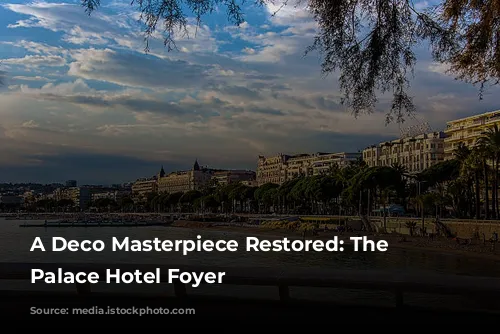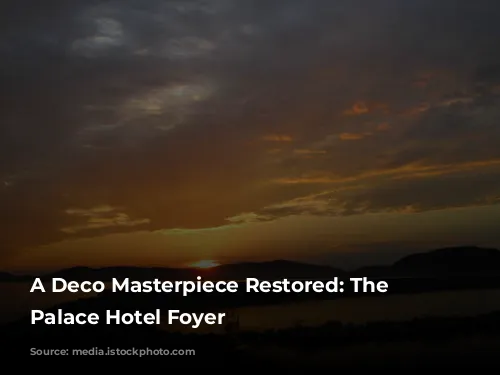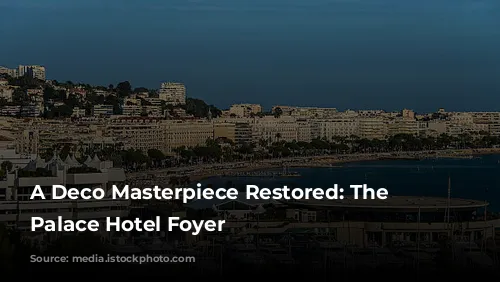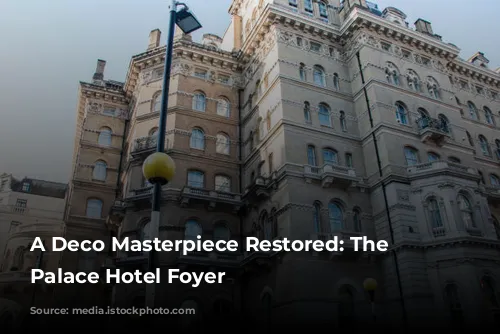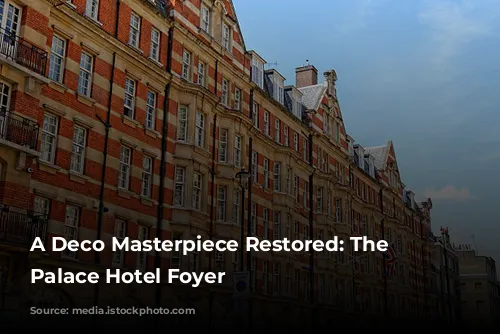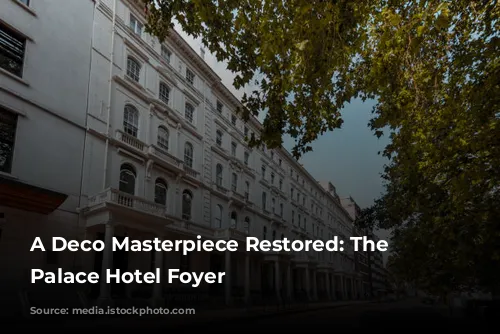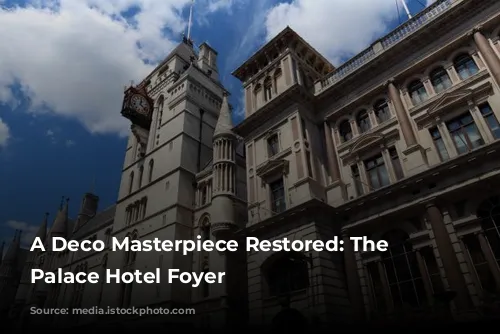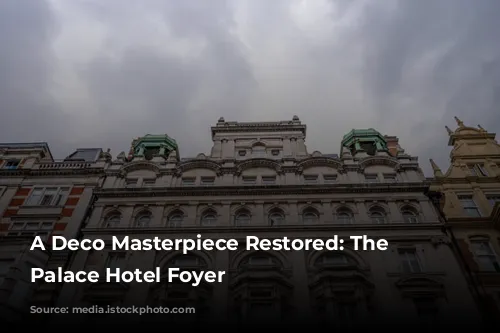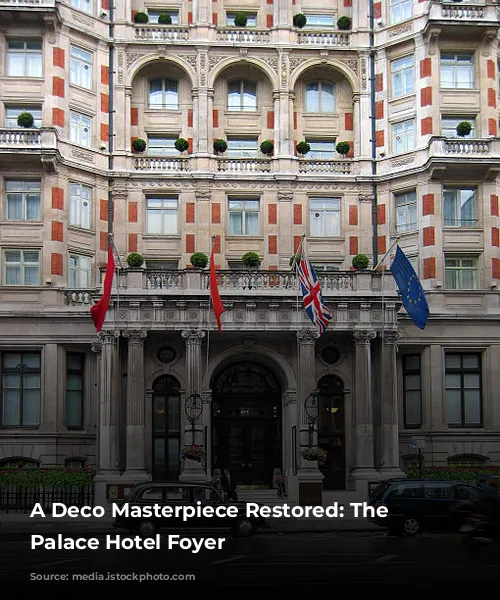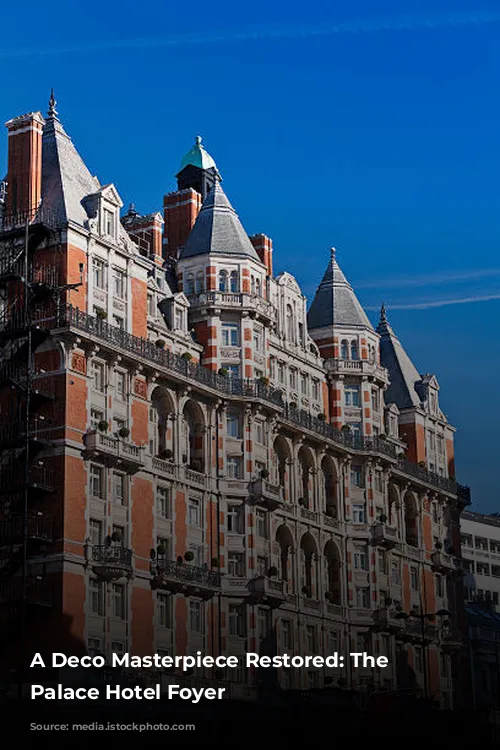The Art Deco movement swept through the world in the 1920s and 30s, leaving a lasting impression on architecture, fashion, and design. One of the most striking examples of this era’s influence can be found in London’s Strand Palace Hotel, a building designed by the visionary architect Oliver P. Bernard. While many hotels in England boasted luxurious Art Deco interiors, Bernard’s design for the Strand Palace set a new standard for elegance and innovation.
A Visionary Architect and His Legacy
Bernard, a seasoned set designer for theater and opera in both Britain and America, brought his expertise to the Strand Palace. The hotel’s foyer was a masterpiece of design, blending traditional materials with modern innovations, particularly in its use of glass and lighting. Walls were adorned with pale pink marble, floors were laid with limestone, and the balustrades, columns, and door surrounds were crafted from a stunning combination of translucent molded glass, chromed steel, and mirror glass. Bernard’s design for the Strand Palace established him as a leading figure in Art Deco architecture, and his talent was also showcased in other London hotels and cafes, including the iconic Lyons Corner Houses.
However, the hotel’s grand foyer, a testament to Bernard’s vision, was dismantled in 1969. For years, it lay forgotten in a storage facility, its pieces scattered and neglected.
A Rescued Treasure: From Forgotten to Featured
The decision to create an exhibition celebrating the Art Deco era reignited interest in the Strand Palace Hotel entrance. The V&A Museum recognized its significance and took the pieces into their care, transporting them to a warehouse in Battersea. The challenge, however, was immense. The pieces were in a terrible state of disrepair, and no one knew exactly what the original design entailed or if any crucial components were missing.
A Monumental Task: Reassembling a Masterpiece
The task of restoring the foyer fell to the V&A’s conservation team. They faced a daunting challenge: hundreds of pieces, ranging in size from one meter to a massive two-meter revolving door spindle weighing over 100 kilograms. The team painstakingly cleaned each piece, meticulously piecing together the puzzle of this architectural marvel.
A Jigsaw Puzzle in Three Dimensions
The revolving doors posed a particular challenge. Years of improper storage had flattened the once-circular panels. The team had to build a circular template to carefully restore the doors to their original shape. As they worked, it became clear that this was more than just a simple reassembly; it was a complex, multi-dimensional jigsaw puzzle.
A Team Effort and a Triumphant Return
Working from photos and their own understanding of the design, the team carefully placed each piece, meticulously ensuring they were correctly aligned. The delicate glass and mirrors were particularly challenging to install, requiring careful handling and a steady hand. The whole museum was enthralled with the progress, and everyone was eager to see the final result.
The restored Strand Palace Hotel foyer became a centerpiece of the Art Deco exhibition, a testament to the dedication and skill of the V&A conservation team. They painstakingly reassembled a masterpiece, bringing to life a forgotten piece of architectural history and showcasing the brilliance of Oliver P. Bernard’s Art Deco vision. The restored foyer stands as a reminder of the power of design to capture a moment in time, and the enduring beauty of the Art Deco style.
